Little Lord Fauntleroy (1935)
By Toronto Film Society on July 3, 2020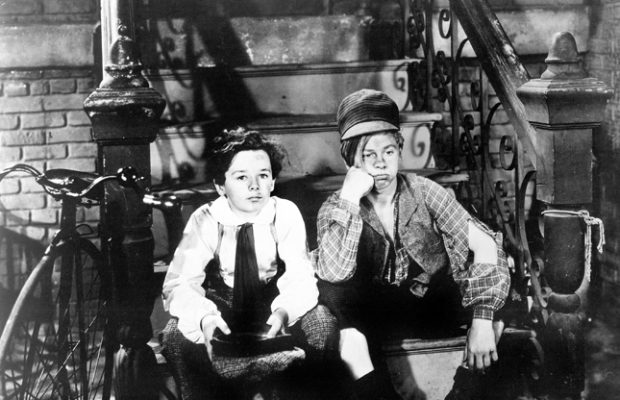
Toronto Film Society presented Little Lord Fauntleroy (1935) on Sunday, March 22, 1987 in a double bill with Lassie Come Home as part of the Season 39 Sunday Afternoon Film Buffs Series “A”, Programme 9.
Production Company: Selznick International. Producer: David G. Selznick. Director: John Cromwell. Screenplay: Hugh Walpole, from the novel by Frances Burnett.
Cast: Freddie Bartholomew (Eddie), C. Aubrey Smith (Earl of Dorincourt), Dolores Costello (Dearest/Mrs. Errol), James Stephenson (Havisham), Guy Kibbee (Mr. Hobbs), Mickey Rooney (Dick), Eric Alden (Ben), Jackie Searl (Mr. Claiment), Reginald Barlow (Neville), Ivan Simpson (Rev. Mordaunt), E.E. Clive (Sir Harry Lorridaile), Una O’Connor (Mary), Mary Bently (Mrs. Mellon), Joan Standing (Dawson), Jessie Ralph (Applewoman), Walter Kingsford (Mr. Snade).
Little Lord Fauntleroy has the distinction of being the first picture produced by a small independent studio whose name, four years later, would be forever linked with what is regarded by many as the greatest film ever. The studio: Selznick International; the film: the incomparable Gone With The Wind.
However, in 1935 Margaret Mitchell’s classic had yet to roll off the presses, and ambitious young David O. Selznick, fresh from his triumph of A Tale of Two Cities at M.G.M., was catling around for his first project.
In choosing Frances Burnett’s Victorian classic about the little American boy who becomes a British Lord, Selznick was following a pattern established by his childhood love of literature from that era, and which had seen him film such famous books as Anna Karena and David Copperfield. Unlike the rest of the Hollywood leaders of the day, who were basically uneducated, crude men albeit possessed of showmen’s shrewdness and instincts, Selznick was a sophisticated, well-read individual who had attended New York’s Columbia University.
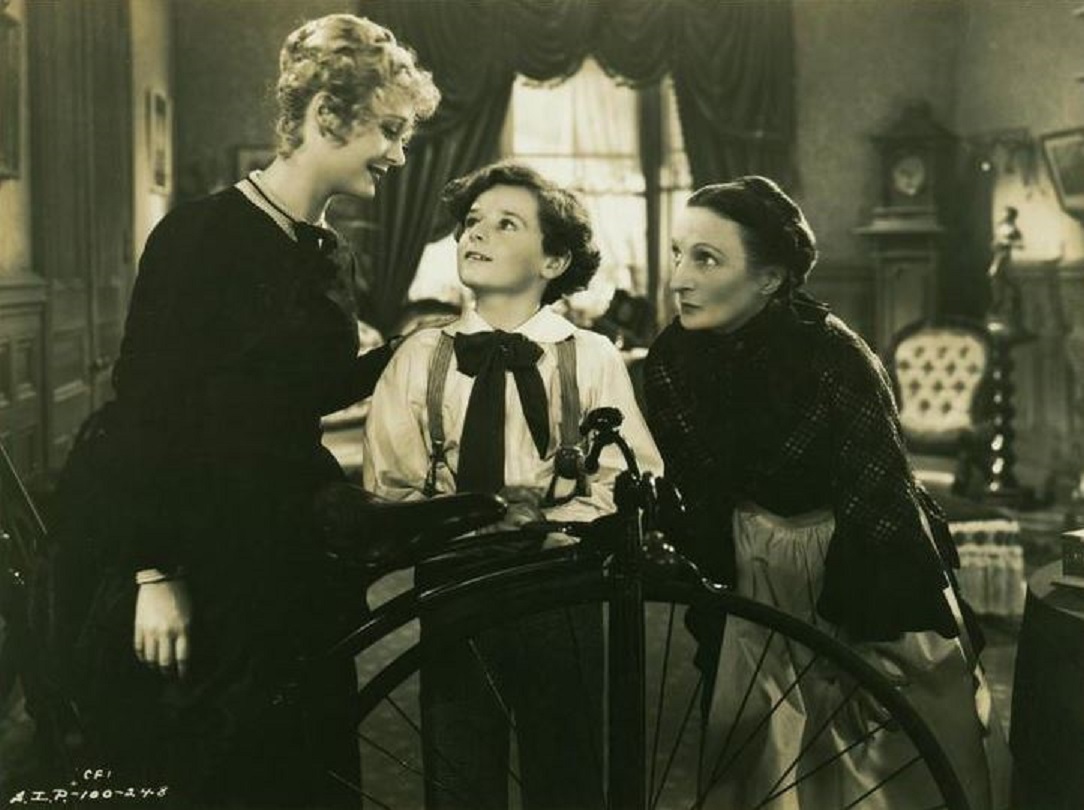
Fauntleroy had been a successful silent film, and Selznick bought the rights from Mary Pickford. However, by 1935 the story was considered to be a lemon, with the popular image of Fauntleroy having evolved into that of the stereotyped sissy: a well-scrubbed, well-mannered young boy with long flowing curls and a languid air, dressed in a velvet suit. And, his habit of calling his mother “Dearest” did get to be rather syrupy.
Fortunately, Selznick hired for the pivotal lead role a young English actor, Freddie Bartholomew, who even at his tender years, displayed the superb enunciation and subtle underplaying characteristic of British Performers. John Cromwell, fresh from directing the Leslie Howard/Bette Davis version of Maugham’s Of Human Bondage, and a man destined to direct several other Selznick films, assured direction.
One of the biggest problems facing Selznick was how to make a very old-fashioned story acceptable for modern audiences. Without the benefit of contemporary impressions, it is a bit difficult to judge how well he succeeded; certainly Dolores Costello, as Fauntleroy’s mother is impossibly sweet and put-upon, in the tradition of Victorian heroines. And, Sir C. Aubrey Smith does his crusty but lovable old-codger routine, albeit with great skill.
The same, of course, could be said for your Bartholomew, and this, coupled with Selznick’s attention to detail, his dedication for quality, assured a successful film.
One element which was missing was the beautiful Selznick opening trademark–the shaded signpost above a pillared mansion (actually the front of Selznick’s studio, which was patterned after Mount Vernon), accompanied by lovely chimes. This would come within two years.
In common with most child actors, Freddie Bartholomew never made it as an adult actor; fortunately his earnings were carefully invested and he became a successful New York advertising executive and T.V. producer. Adopting the policy of never look back, Bartholomew today refused to discuss his days of film acting, although he was certainly a fine actor, far better than the more famous Mickey Rooney.
Notes by John Thompson
You may also like...
-
News

Frances Blau
Toronto Film Society | February 27, 2024On Monday, February 26th, 2024, Toronto Film Society lost longtime friend, supporter, and board member Frances Blau. Known for her sense of humour, her love of film, her generosity,...
-
Special Events

Monday Evening Film Noir Double Bill at the Paradise Theatre
Toronto Film Society | July 8, 2024The Toronto Film Society presents a film-noir double feature at one low price! The Window (1949) in a double bill with Black Angel (1946) at the Paradise Theatre on Monday, August...
Programming

Virtual Saturday Night at the Movies
Toronto Film Society | July 20, 2024Toronto Film Society is back in the theatre! However, we’re still pleased to continue to bring you films straight to your home! Beginning Season 73 until now we have...
4-
 Toronto Film Society | July 8, 2024
Toronto Film Society | July 8, 2024
Monday Evening Film Noir Double Bill at the Paradise Theatre
-
 Toronto Film Society | November 6, 2022
Toronto Film Society | November 6, 2022
-
 Toronto Film Society | August 1, 2023
Toronto Film Society | August 1, 2023
Donate to Toronto Film Society – We’re now a Registered Charity!
-
Copyright © 2017 Toronto Film Society.

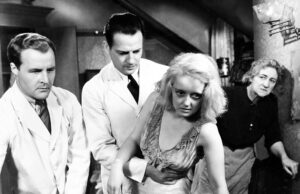
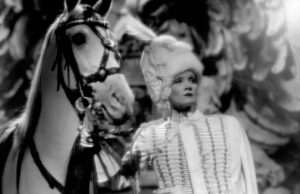
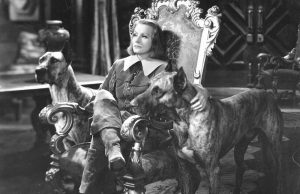
Leave a Reply